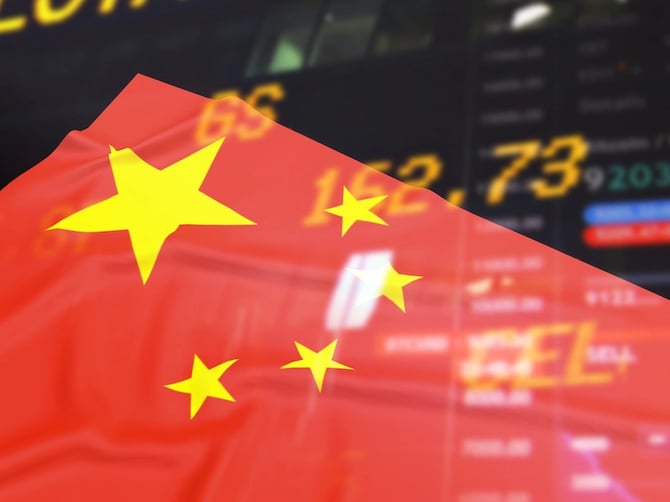China’s Global Exports Grow as U.S.-Bound Flows Contract

China’s trade data split in two directions in September: global shipments surged while U.S.-bound volumes shrank.
Worldwide exports climbed 8.3% year on year to $328.5bn, a six-month high and nearly double August’s 4.4% pace. Imports rose 7.4% after 1.3% in August, hinting at stabilizing input demand despite a weak property cycle. By contrast, exports to the U.S. fell 27% in September and have declined for six straight months, after a 33% drop in August.
The divergence lands as Washington and Beijing trade new tariff and fee threats. A proposed 100% U.S. levy on Chinese goods, fresh export controls on “critical” software, reciprocal port fees, and tighter Chinese curbs on rare earths and lithium-ion battery exports all raise the risk premium into year-end negotiations. The policy overhang clouds the odds of a late-October Trump–Xi meeting.
Even so, China continues to re-route sales. Shipments to Southeast Asia rose 15.6%, Latin America 15%, and Africa 56% year on year, underscoring how manufacturers are leaning on alternative markets as U.S. access narrows.
What Does This Mean for Me?
The shift also highlights pricing power and limited substitution: low-cost Chinese inputs remain hard to replace quickly, keeping global supply chains tethered even as tariffs and controls bite.
The immediate market takeaway is that global demand for Chinese goods is still resilient enough to lift headline exports.
More News

OECD Warns AI and Tariffs Will Test the Global Economy

Zero Tariffs, Higher Drug Bills as US and UK Reset Pharma Trade

Catastrophe Bonds Go Global as Climate Risk Meets Yield Hunting
.webp)
Canada Shields Steel and Lumber Industries From Tariffs

Trump Drops Selected Tariffs in Response to Inflation Pressures

Tariffs on Mexico Test Nuevo Leon’s Industrial Momentum

US Moves to Ease Latin American Tariffs as Food Inflation Mounts
